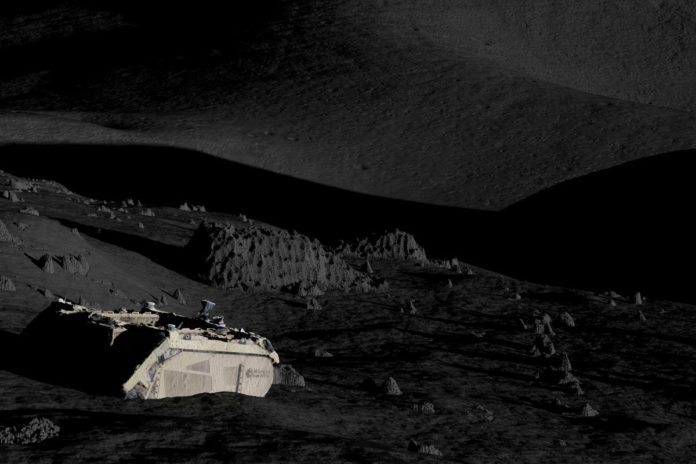The Estonian robotics vehicle manufacturer Milrem Robotics has secured a European Space Agency (ESA) contract to develop autonomous control systems for future programs of unmanned interplanetary rovers.
The currently commissioned project, planned as the first in a series, aims to map the current state of development in interplanetary rover technology and develop tools to increase the autonomy of these vehicles using methods that Milrem Robotics is currently using in its terrestrial ecosystem of products.
In this first project, Milrem Robotics is to develop an automatic mission planning system that will reduce the amount of human intervention required for various Lunar operations. The ultimate goal is to make these tools capable of making their own decisions based on remote observation data of the environment, points of interest (POI) with varying priorities. Adding or removing such points on their own during runtime is also something ESA wants from its future rovers.
The agency’s Global Exploration Roadmap foresees the stepwise advancement of humankind into our solar system within the next two decades, starting with the Moon and using lunar missions to test technologies that will be used for more ambitious Martian missions. Near-Earth asteroids are also prime targets for upcoming robotics missions.
One such future lunar robotics mission to test autonomous systems is the European Large Logistic Lander (EL3), planned for later this decade. The EL3 project aims at delivering cargo or a rover to the Lunar surface to collect surface samples to be returned to Earth. After this mission is accomplished, the rover could continue the exploration of the surface, covering long-distance traverses while being continuously operated by Surface Operations teams on Earth. It covers anticipated distances of up to 300 km (186 miles), which will be a significant achievement in the field of space research, as rovers have never before traveled so far from the landing site.
“Milrem is very proud to cooperate with ESA in the development of innovative space capabilities. Together with our research partner, Tartu Observatory of the University of Tartu, we can provide the best intelligent navigation solutions for lunar and planetary missions,” said Prof. Mart Noorma, Science and Development Director at Milrem Robotics.
